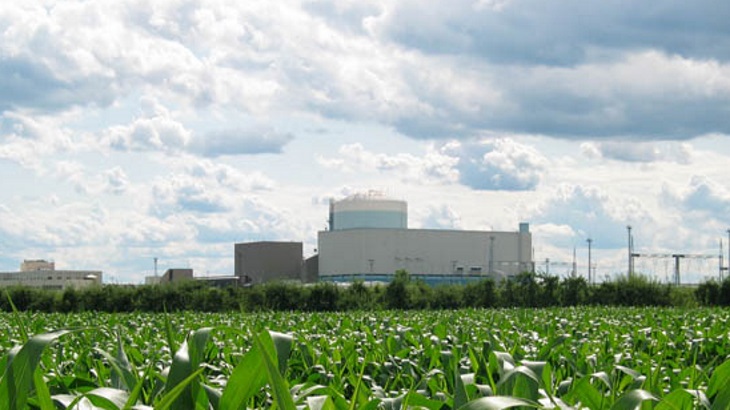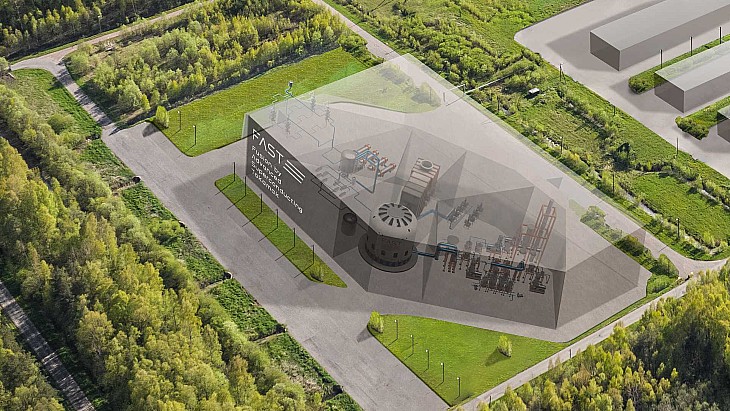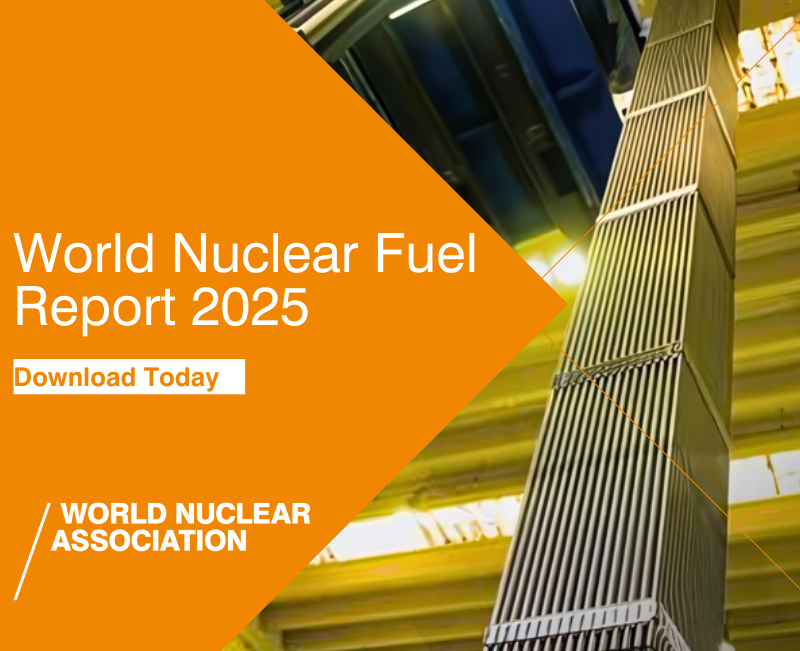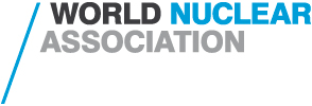The 485 MWe (net) pressurised water reactor at Borssele - operated by EPZ - has been in operation since 1973 and accounts for about 3% of the country's total electricity generation. It is scheduled to close in 2033, but the government has requested it remain in operation until 2054, if this can be done safely.
An Operational Safety Review Team (OSART) mission, conducted at the request of the Netherlands, took place 19-23 May. The aim of OSART missions is to assess safety performance against IAEA safety standards, highlight areas of good practice and propose improvements. This was a follow-up mission to a 2023 OSART peer review mission to Borssele, which also found the plant to be committed to ensuring operational safety and reliability.
The majority of the recommendations and suggestions from the 2023 mission for improvement were found to be fully completed. It was concluded that a few points were satisfactorily addressed and still require some time to be fully completed.
"The plant has already implemented many actions to enhance worker engagement in safety-related initiatives to achieve excellence in operational performance," said team leader Yury Martynenko, Senior Nuclear Safety Officer at the IAEA. "We recognise the plant's defined new actions to continue the way towards a culture of continuous improvement."
"I am very pleased with the result and especially the way in which this has been achieved with a lot of engagement of our employees across the whole organisation," said EPZ CEO Carlo Wolters. "EPZ is very committed to continue the improvement journey to achieve the highest level of excellence in safe and reliable operations of the power plant."
The OSART team provided a draft report of the mission to the plant management. They will have the opportunity to make factual comments on the draft. These comments will be reviewed by the IAEA, and the final report will be submitted to the Netherlands within three months.
Slovenian mission
A ten-day Safety Aspects of Long Term Operation (SALTO) review mission to Slovenia's Krško plant - requested by the plant's operator, Nuklearna Elektrarna Krško (NEK) - ended on 22 May. An initial pre-SALTO mission was held at the plant in 2021.
Krško is a Westinghouse pressurised water reactor located on the Sava River. It is unusual in being jointly owned by two countries: Slovenia, where it is located, and Croatia, both of which were parts of the former Yugoslavia when Krško came online in 1981. It supplies as much as 40% of Slovenia's electricity. In 2023, the plant's operating licence was extended from initially 40 years to 60 years until 2043.

The Krško plant (Image: NEK)
A SALTO peer review is a comprehensive safety review addressing strategy and key elements for the safe long-term operation (LTO) of nuclear power plants. SALTO missions complement OSART missions which are designed as a review of programmes and activities essential to operational safety.
The IAEA team noted the progress in measures taken by the operator to ensure safe LTO. "The professionalism, openness and receptiveness for improvements of plant staff to meet and move beyond the IAEA safety standards is commendable," said team leader and IAEA Nuclear Safety Officer Martin Marchena, who noted that most ageing management and LTO activities were already in alignment with IAEA safety standards. "We encourage the plant to address the review findings and proceed with the implementation of all remaining activities for safe LTO."
"We appreciate the IAEA's support to our plant in ageing management and preparation for safe LTO," said Gorazd Pfeifer, President of the Krško board of management. "It is very important for us to get an external view on our business. The competencies and experience of the IAEA team enable us to effectively identify areas for improvement. The results of this mission will help us to improve our activities for safe LTO and to further align them with IAEA safety standards."
The team provided a draft report to the plant management and to the Slovenian Nuclear Safety Administration (SNSA) at the end of the mission. The plant management and SNSA will have an opportunity to make factual comments on the draft. A final report will be submitted to the plant management, SNSA and the Slovenian government within three months.

_83768.jpg)



_82983.jpg)
_34792.jpg)
_16403_79272.jpg)


_76087_55556.jpg)



